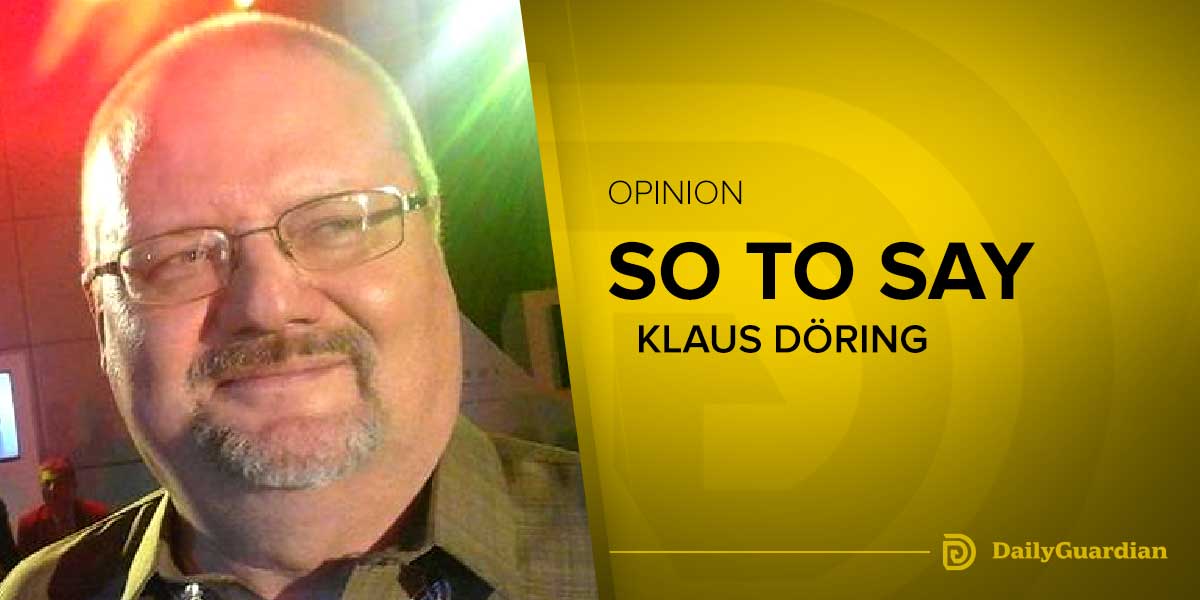 By: Zeidrick-J Cudilla
By: Zeidrick-J Cudilla
PASSING through Iloilos Forbes Bridge, one of the many edifices that silently welcomes us to the historic city is the Hall of Justice, built in the 1990s and named after the late Ramon Q. Avanceña, an Ilonggo lawyer who worked in various capacities in the government during his lifetime. The sight of uniformed authorities and lawyers with attaché cases loitering the Hall of Justice compound does not surprise us. The tableau, however, truly unfolds inside the courtrooms, bedecked with distinct formality, esoteric legalese, and unprecedented emotion. Another tangible memory of the legal luminary is the high school in the district of Arevalo that now bears his namean expression of gratitude to the man who donated a parcel of land for the schools operations.
An unassuming patriot during the revolution in Panay against the Spaniards, Avanceña continued the struggle for liberty against the new colonial mastersthe Americans. At one point, the Yankees, with the help of a Filipino spy, captured him for interrogation. The futile efforts of the foreigners to extract sensible information from Avanceña gave way to the subjection of the latter to the infamous water torture. This I learned from the recollections by Avanceñas grandson, Ricky, who set the stories handed down by his grandfather in book form in 2002.
With the revamp of the countrys justice mechanism during the American occupation, Avanceña entered the ranks of the colonial government to offer his legal expertise. Ricky rhetorically posed a question and gave his view: Did Lolo [Ramon] sell out to the Americans? I believe he tested the sincerity of the Americans, gave the system a chance, eventually mastered the system, andjudging by his meteoric ascenteventually beat the Americans at their own game. Avanceña would eventually hold the record for having served the longest period in the Supreme Court, not to mention his stints as attorney general in the Bureau of Justice and as a presiding judge of the Court of First Instance.
A Chief Justice from 1925 until 1941, Avanceña, along with other justices, had to deal with innumerable lawsuits piling up for the Supreme Court to decide. Tension rose when he made a statement of loss of confidence in front of President Manuel Quezon and called for mass resignation among court lawyers and justices following the presidents adverse comment on a tribunals decision to the celebrated Cuevo vs. Barredo case. Popular for his temper, Quezon did not know that the appeal to the high court was sub judice, prompting him to immediately correct his wrong by sending a letter to Avanceña in September 1937.
Such stressful episodes in the workplace demanded more moments of leisure. For one, Avanceña loved to play chess. His grandson lovingly recounted that his grandfather taught his children the game as soon as they were old enough to understand the fundamentals. Friendly matches were usually held on the familys four-legged chess table with a glass top.
The Chief Justice was also engrossed in the game of carambola, somehow akin to billiards. In his home in Pasay, Avanceña owned a carambola table crafted by the renowned Filipino artisan and furniture business magnate Gonzalo Puyatthe same game table awarded with a gold medal and a diploma in the 1912 exposition in Manila. The Puyats, attributing their success to that piece of furniture, attempted to make an exchange offer with the Avanceñas but the latter decided to keep the heirloom.
Golf rejuvenated the lawyers senses. The now-defunct Pulo Golf and Country Club in Arevalothe first Filipino golf course in Panaywas born out of Avanceñas protest to the exclusivity of the British-built Iloilo Golf and Country Club in the town of Sta. Barbara. Noted Filipino golfers Larry Montes and Manuel Juan Gonzalez played an exhibition game at Pulo in May 1941.
The former judge also donned a marksmans spirit by making regular trips at the firing range, particularly at theTiro al Blanco, for target shooting. Avanceña had chosen not to take part in hunting games, a sport of the affluent, after a childhood pastime of shooting doves left him a terrible impression.
A good biography should convert our heroes immortalized in stone or bronze into human beings we can relate to. When we learn their capacities, we become inspired to take a greater leap for humanitys sake.





















